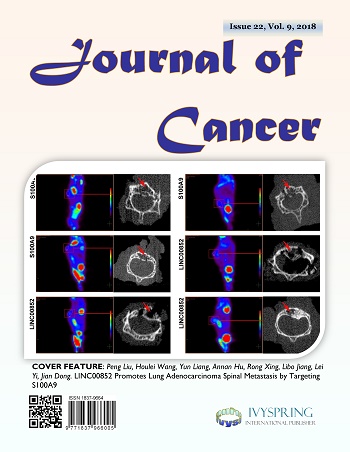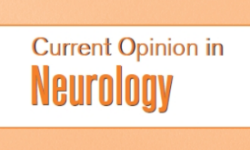 “Some time ago a wrote a blog about the use of certain components of the marijuana plant. It was a fairly short blog which I will include here. More and more states are proposing the legalization of marijuana. There are numerous health claims about hemp oil which is a derivative of Cannabis. There may be merit to these claims possibly by the action of the Cannabis on stem cells. Below is the blog and I will expand more on it:
“Some time ago a wrote a blog about the use of certain components of the marijuana plant. It was a fairly short blog which I will include here. More and more states are proposing the legalization of marijuana. There are numerous health claims about hemp oil which is a derivative of Cannabis. There may be merit to these claims possibly by the action of the Cannabis on stem cells. Below is the blog and I will expand more on it:
“We use to think that marijuana was bad for one’s health. Now we are not so sure about it. We need to clarify things a bit.
Cannabinoids, the active components of cannabis (Cannabis sativa) extracts, have attracted the attention of human civilizations for centuries for a variety of uses. The use of Cannabis or Marijuana (scientific name is Cannabis sativa) came before we were able to discover the active portion or substrate. This substrate is called endocannabinoid system. The endocannabbinoid system has a number of components. The system consists of lipids, the receptors for the lipids and certain metabolic enzymes. The Cannabinoid signaling regulates cell proliferation, differentiation and it reduces cell aptosis or death. These receptors are found in the very early stages of life. The results of the Cannabinoid receptors depend upon molecular targets and cellular context involved. There are two main receptors which are called CB1 and CB2 receptors. These receptors seem to be involved in neural degeneration. They seem to be involved in all three germ layer formations. . CB1 and CB2 show opposite patterns of expression, the former increasing and the latter decreasing along neuronal differentiation. It is thought that the CB2 receptors may be most important. Recently, endocannabinoid (eCB) signaling has also been shown to regulate proliferation and differentiation of hematopoietic and mesenchymal stem cells, with a key role in determining the formation of several cell types in peripheral tissues, including blood cells, adipocytes, osteoblasts/osteoclasts and epithelial cells. The developmental regulation of cannabinoid receptor expression and cellular/sub-cellular localization, together with their role in progenitor/stem cell biology, may have important implications in human health and disease. Bone marrow and stem cells make endocannabinoids, these endocannabinoids interact with the cannabinoid receptors (Cannabinoid receptors have been found in nearly every cell in the human body). If cannabinoids can enhance stem cell migration and proliferation, this could be a powerful therapy. For instance, if you can increase the numbers and movement of stem cells to an injured tissue, you could vastly enhance the healing process. Lastly, the synthetic cannabinoid HU-210 is about 100-1000x times more potent than THC from Cannabis and this synthetic agent has been found to be neurogenic. Meaning that HU-210 can cause new neurons (brain cells) in the brain to form. However this study was done in rats…and humans are different from rats. Will I prescribe medical marijuana for my stem cell patients? At present I do not think I have enough information to make an intelligent decision about this. I suspect if some day I do prescribe this it will be some derivative of Cannabis. There are certainly some intriguing aspects of Cannabis but I feel the jury is still out. I suspect we will certainly hear more about this. Thanks Dr. P”
That was the blog I wrote some time ago. At this juncture I am getting closer to utilizing some component of Cannabis. I have further looked at the literature and there seems to be some very good science on the effect of Cannabis on stem cell workings. One of the intriguing aspects of the CB2 receptor is that it is found mostly in the immune system. At the University of South Carolina, a team discovered that THC could reduce the inflammation associated with autoimmune diseases by suppressing the activity of certain genes involved in the immune response. Its presence there interests scientists because the immune system triggers inflammation, and studies show marijuana can have an anti-inflammatory effect. When we start talking about the immune system we have a host of implications. We are aware that many diseases of aging may have some basis as an auto-immune disease. One of these that interests me is Osteoporosis. There may be both receptors at work. CB-2 works on the immune system while CB-1 is induced during osteogenic differentiation. As I have written in another blog, Very Small Embryonic Like Stem Cells may have a profound effect on the course of Osteoporosis. The next question is can we prime these cells additionally with Cannabis and take things to the next level. More to come I am sure. Dr. P.”
https://stcell.com/blogs/128/cannabinoids-marijuana-a-stem








 “Some time ago a wrote a blog about the use of certain components of the marijuana plant. It was a fairly short blog which I will include here. More and more states are proposing the legalization of marijuana. There are numerous health claims about hemp oil which is a derivative of Cannabis. There may be merit to these claims possibly by the action of the Cannabis on stem cells. Below is the blog and I will expand more on it:
“Some time ago a wrote a blog about the use of certain components of the marijuana plant. It was a fairly short blog which I will include here. More and more states are proposing the legalization of marijuana. There are numerous health claims about hemp oil which is a derivative of Cannabis. There may be merit to these claims possibly by the action of the Cannabis on stem cells. Below is the blog and I will expand more on it: “To review the history, pharmacology, and clinical science of
“To review the history, pharmacology, and clinical science of 